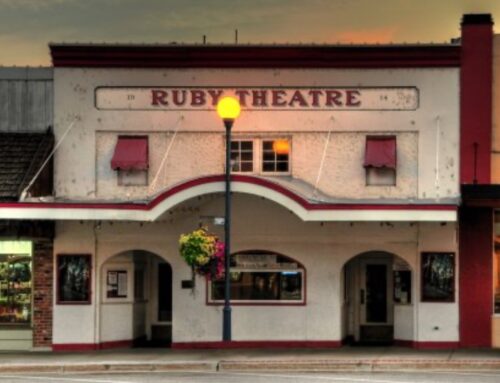Slow Down Along Shorelines and In Congested Areas
information compiled
Part of the thrill of playing on a large body of water is the opportunity to hit the throttle of your watercraft and leave everyone in your wake. And even with the growing number of paddleboarders, kayakers, and swimmers recreating on Lake Chelan, there’s still plenty of places to rev your engines and fly safely across the water.
There are also many places where speed is not only a safety hazard, it is likely to earn you a ticket. Fortunately, these areas are well known and are usually marked with “No Wake” buoys.
What is a “no-wake zone”?
For those unfamiliar with the terminology, a “no-wake zone” is an area where motorized watercraft are expected to travel at slow (idle) speeds to minimize the wake. According to water code enforcement, “Slow minimal wake speed means very slow speed, producing a minimum wake not to exceed six inches in height at its apex when reaching a shoreline, pier, or shore installation and further not to exceed eight miles per hour in any event”.
Buoys marking a no-wake zone are generally placed in areas where motorized vessels interact in close proximity with swimmers and non motorized craft such as paddleboards and inflatables. The entire Chelan River and lower end of Lake Chelan to approximately Darnell’s Resort are a no-wake zone. The Manson Bay interior is also a no-wake zone. All shoreline areas, beaches and swim areas, docks, boat launches and other congested spaces on the water are traditionally treated as a “no-wake zone” even if not marked.
Most people think of “no-wake zones” as the speed bumps or school zones of the water. And just like a school zone, failure to comply with speed limits in a no-wake zone could earn you a hefty fine.
Safe Boating!








